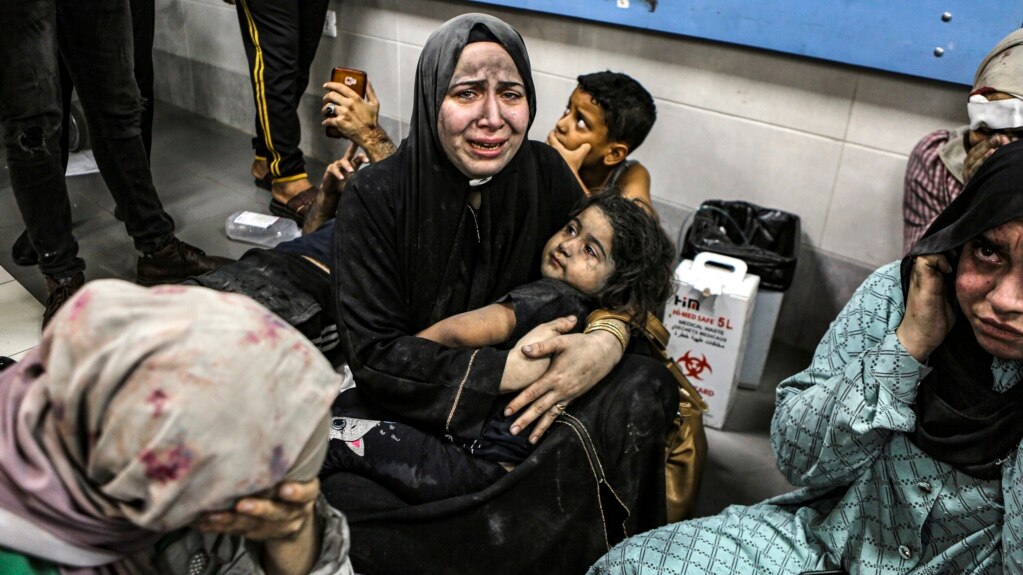News companies are increasingly using video and images from social media to report on the ongoing conflict between Israel and Hamas. This has led some media organizations to expand their efforts to identify false or misleading information.
Reporters covering the war in Gaza are limited by government restrictions on how they can document the conflict. But they can use a flood of video and pictures published online. Examining this material, however, can be difficult and take a lot of time. In addition, searching through a lot of graphic war images can cause emotional harm for the people looking at it.
So far, coverage of the war between Israel and Hamas has included live broadcasts and dash-cam video that appeared on social media. News content has also been captured by satellite equipment and security cameras placed around Israel and Gaza.
Using this kind of content in news shows has become very common for major media companies, said Katie Polglase. She is a London-based investigator for CNN. Some news organizations have even created special departments to investigate whether images or videos are real or not.
Last week, CBS News announced the launch of CBS News Confirmed. This team aims to use data and technology to study online evidence in an effort to confirm true facts. Earlier this year, BBC Verify was established to serve the same purpose.
Such newsgathering methods were not available during media coverage of some wars in the past. This meant the public usually only saw reports showing the aftermath of military battles. But in today’s world, millions of people are carrying phones everywhere that can capture and quickly publish images and video online.
Wendy McMahon is president of CBS News and Stations. She told The Associated Press that many people watching news broadcasts today expect to be part of “a shared viewing experience.” This way, they can feel like they are learning what is going on right along with the reporters and news presenters, McMahon said.
In order to create this kind of experience, news reporters and producers have to search through a huge online supply of image and video content. The content comes from services like X (formerly Twitter), YouTube, Instagram, Telegram and Facebook.
“The degree to which social media has been used is very sophisticated,” said Rhona Tarrant. She helps lead the online investigative website Storyful. “There's so much information. There's so much content,” Tarrant told the AP.
With so much material available, news organizations must also weigh their duty to inform and present a realistic picture against concerns that graphic and violent images could harm viewers.
It has also become increasingly easy for people or organizations to create false images and video using artificial intelligence (AI) methods. Reuters news agency uncovered several images published online that turned out to be false, or fake. Some of the images appeared to show support for the Palestinians, while others expressed support for Israel.
Another case of confirmed misinformation involved a video of model Bella Hadid, who has ancestral ties to Palestine. The video seemed to show Hadid denouncing the Hamas attack in Israel that started the latest conflict.
But the video was fake. Someone used AI methods to change a video of Hadid accepting an award for her activism to raise awareness about Lyme Disease. The new video appeared to show Hadid condemning Hamas’ attack because it was changed to make it seem like different words were coming out of her mouth.
Videos changed in this way to present misinformation are known as “deep fakes.” In another fake video, U.S. President Joe Biden seemed to claim his administration was planning on sending American troops to assist Israel in its war against Hamas.
A lot of the fake images and videos come from past conflicts but are presented as new happenings. Sometimes even images from video games are published in an effort to trick users, but experts can usually identify those.
McMahon, from CBS, said the Israel-Hamas war has in many ways confirmed a big fear among news executives: “That news organizations would see an influx of deep fakes and misinformation at a scale that was never seen before.”
I’m Bryan Lynn.

